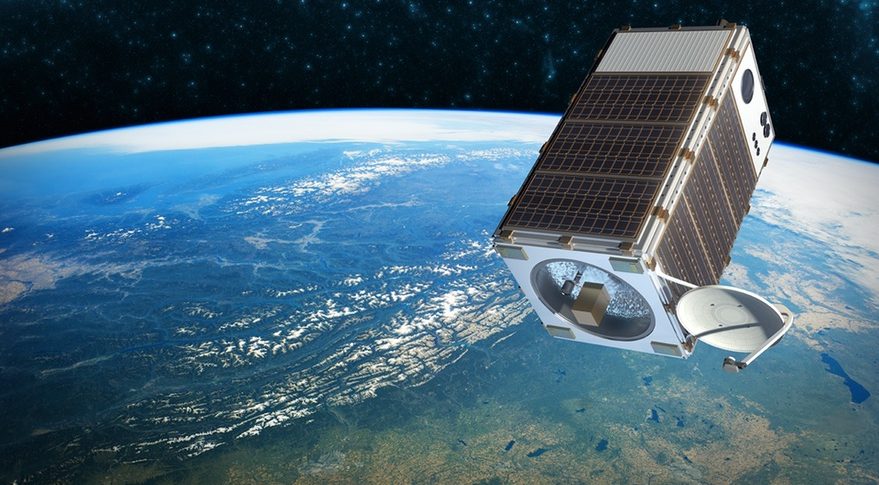MethaneSAT picks SpaceX for satellite launch to track methane levels in Earth's atmosphere
MethaneSAT is a subsidiary of the Environmental Defense Fund.

A SpaceX rocket will launch a new satellite to track the amount of methane in Earth's atmosphere in 2022.
Called MethaneSAT, the small satellite is designed specifically to locate, quantify and track global methane emissions. SpaceX has signed on to launch the satellite into orbit aboard a Falcon 9 rocket during a launch window that opens Oct. 1, 2022.
"This is a unique mission on an ambitious timeline," Steven Hamburg, co-leader of the MethaneSAT mission, said in a statement. "SpaceX offers the readiness and reliability we need to deliver our instrument into orbit and begin streaming emissions data as soon as possible. We couldn’t ask for a more capable launch partner."
Related: The top 10 views of Earth from space
MethaneSAT LLC is a subsidiary of the nonprofit Environmental Defense Fund (EDF). The organization first announced plans to develop its own methane-tracking satellite in April 2018. The MethaneSAT mission will provide global, high-resolution detection of methane emissions from oil and gas facilities, as well as measure emissions from other human-generated methane sources, with greater precision than existing satellites or other sensors, according to the statement.
The organization is also building an advanced platform to process the satellite data. This platform will automate complex analytics that otherwise take scientists weeks or months to complete, meaning data from the satellite will be freely shared online in just a few days. By making the MethaneSAT data widely available, the organization hopes that the satellite can be used to reduce methane emissions in target areas and help combat climate change around the world.

"Reducing methane emissions from the oil and gas industry is the fastest, most cost-effective way we have to slow the rate of [global] warming right now, even as we continue to decarbonize the energy system," Mark Brownstein, EDF Senior Vice President for Energy, said in the statement. "MethaneSAT is designed to create transparency and accountability to make sure companies and governments don’t miss that opportunity."
Get the Space.com Newsletter
Breaking space news, the latest updates on rocket launches, skywatching events and more!
The satellite is currently under construction after completing an intensive design process. The completion and launch of MethaneSAT is funded in part by a $100 million grant given to the EDF from the Bezos Earth Fund, according to the statement.
Follow Samantha Mathewson @Sam_Ashley13. Follow us on Twitter @Spacedotcom and on Facebook.
Join our Space Forums to keep talking space on the latest missions, night sky and more! And if you have a news tip, correction or comment, let us know at: community@space.com.

Samantha Mathewson joined Space.com as an intern in the summer of 2016. She received a B.A. in Journalism and Environmental Science at the University of New Haven, in Connecticut. Previously, her work has been published in Nature World News. When not writing or reading about science, Samantha enjoys traveling to new places and taking photos! You can follow her on Twitter @Sam_Ashley13.









